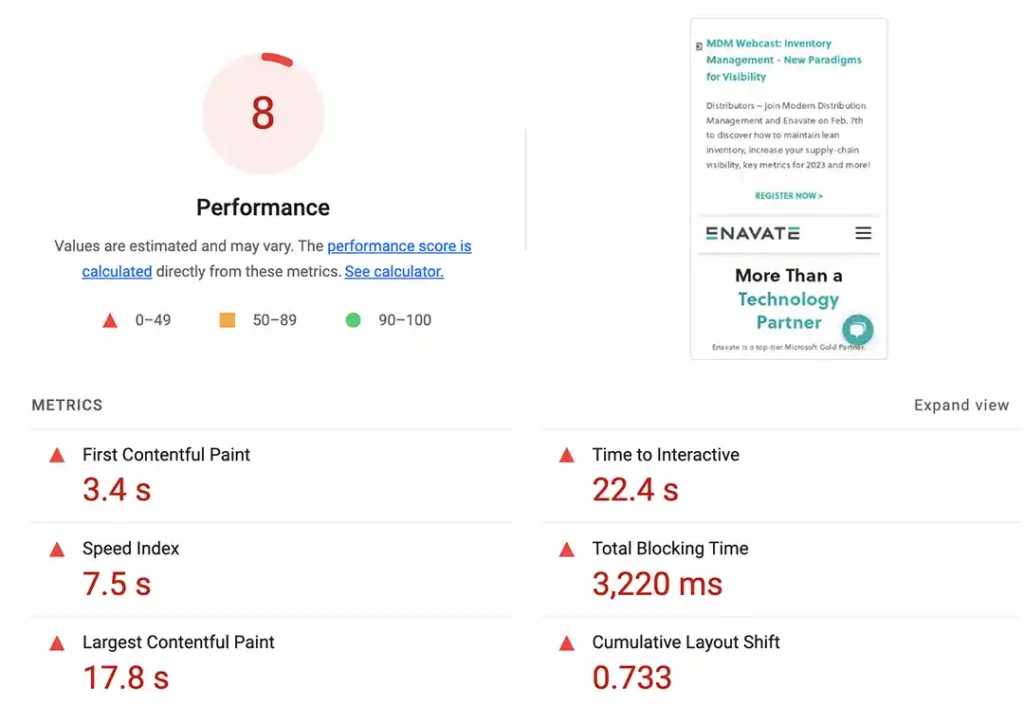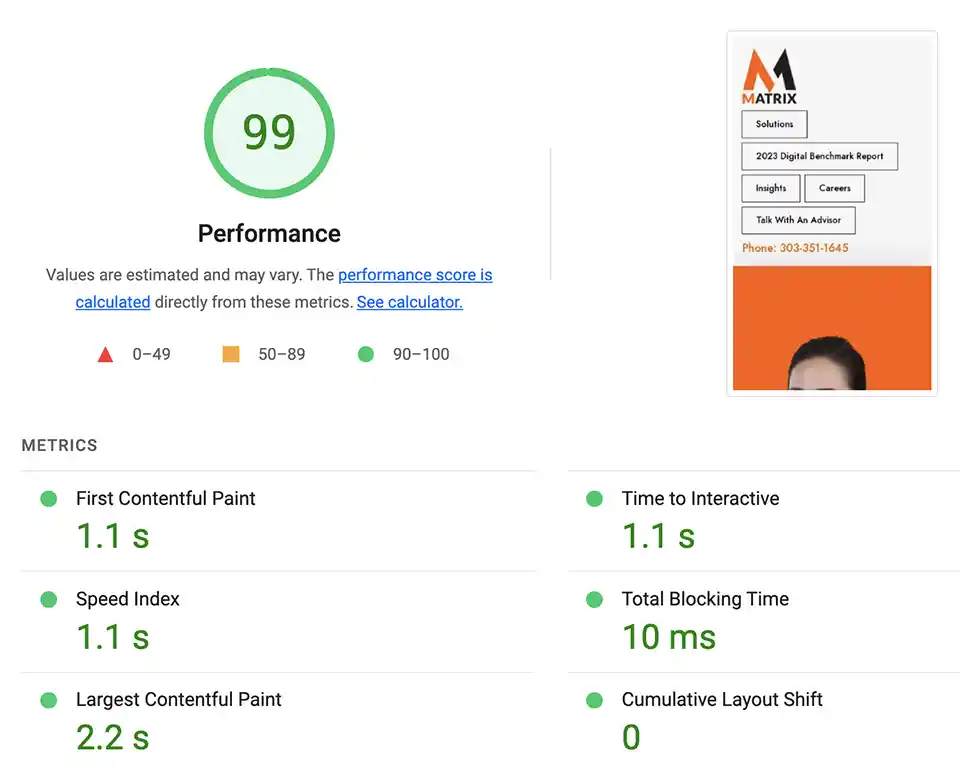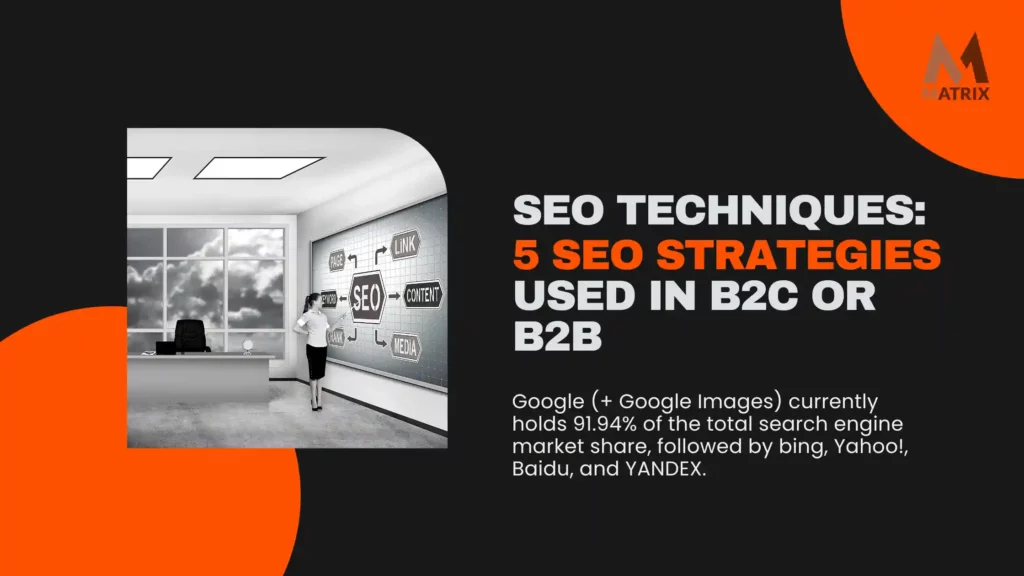Try these five SEO techniques used in B2C or B2B space
These 5 SEO techniques used in the B2C or B2B space might apply to your business. Check it out.
You could state that search engine optimization (SEO) is the lifeblood of the Internet. It provides a framework for boosting traffic to any website.
When this coding practice is enacted efficiently, your site will achieve high rankings whenever search engine results are collated. SEO can also enhance any website. It can make navigation faster, make the page display more streamlined and user-friendly, and introduce a degree of quality.
How SEO strategies have changed over the past 10 years

The technology behind SEO and the way it is applied to web interfaces has evolved considerably over the last 10 years. So let’s explore how this has been achieved and its impact on the dating niche.
Whitehat SEO techniques and strategies vs. the old SEO black hat techniques and blackhat SEO techniques will kill a site. You need to know the difference because What was white hat one day could be blackhat the next day due to Google’s algorithm changes. So you need to stay on top of this stuff.

Here are 3-month SEO results from a client in 2023. When was the last time you checked your site Google’s Core VItal?

Optimization of SEO techniques and their importance in the dating niche and in general
Since collecting necessary statistics required us to use several sites from the dating niche, we used the indicator lists on this site, which provide charts allowing comparison of top dating sites.
First, how important have optimization techniques been to websites and dating outlets? In the past, there was a tendency to identify particular components where the introduction of keywords would be most pertinent. A familiar suite of words or phrases was often added when new dating sites were launched.
Sites like Wordstream pinpointed the more relevant options, such as free dating, flirting, etc. But this scattershot approach made it increasingly difficult for sites to gain any traction, surrounded as they were by any number of matchmaking resources publishing similar content.
5 effective SEO techniques and optimization strategies in 2023
As time has passed, search engines have become more sophisticated, meaning this selective approach isn’t cut. According to one notable marketing site, Single Grain, techniques now employed to boost SEO are about improving site visitor experience across the board rather than identifying main pages and emphasizing topic clusters instead of individual keywords.
Also, longer content is preferable, allowing keywords to be inserted to read organically. Previously, search engines quickly tired of coming across succinct text blocks over-populated with keywords to the extent that the flow was less natural.
Other contemporary innovations include optimizing voice speech, leveraging YouTube SEO, and targeting searchers by offering dedicated local landing pages.
Where the B2C or B2B space is concerned, with some of the larger, generic sites enjoying global memberships running into tens of millions, it makes sense for SEO to become more adaptable and refined, breaking traffic into more localized portions.
The most effective strategies applicable to B2C or B2B space websites can be subdivided into five main topics for all the major modifications to SEO approaches.
1. Mobile-friendly site version

More and more B2C or B2B space websites are also offering app versions, taking advantage of the fact that we have long reached the tipping point where those surfing the Internet do so via mobile devices (smartphones, tablets, etc.) and outnumbering users of desktop computers or laptops.
With so many singles accessing their online B2C or B2B accounts via their phones, there has had to be a proportional development of website SEO to take account of the varying demands of hand-held gadgets.
Anyone who has attempted to knock together a website by manipulating the HTML or sourcing bespoke site-building kits will have the headache of seeing the mess their pages can render when content shrinks for smaller screens. This is why SEO needs to consider how mobile-friendly a site will be.
The dynamic design option modifies the interface’s display by detecting the user and analyzing whether the incoming request comes from a mobile or a desktop.
The HTML code will take this into account and render the interface accordingly. Coders will input the necessary lines of code, employing a varied HTTP header, ensuring caching servers don’t mistake serving the incorrect version.
Because of the increasing prevalence of B2C or B2B apps, site administrators can take advantage of a service offered by Google that will test if your site complies with the mobile-friendly criteria.
This is a straightforward task. All that is required is for the site’s URL to be pasted into a search bar, followed by clicking a Test URL button. It takes seconds for the results to come back, indicating if your B2C or B2B space website is mobile-friendly or not.
This simple analysis will guarantee your site’s mobile visitors enjoy the same experience as your site members who have registered and are interacting via desktops. Mobile optimization covers a range of criteria, including overall site design, structure, and the speed of serving individual pages.
If all these boxes are ticked appropriately, you can rest assured that your site users will be able to enjoy a quality experience when browsing the personal profiles of available singles.
There are several ways in which web developers ensure mobile optimization. As mentioned, they can use Google’s efficient URL-testing process or utilize a responsive WordPress theme. Aside from coding considerations, they could ensure they go for a reliable web host and then take time to ensure your site loads efficiently.
B2C or B2B space sites tend to be image-heavy, so reducing your photographs by compression or resizing is always worthwhile.
If your site uses pop-ups, ensure these are designed with restricted views for mobile devices. You can also enable accelerated mobile pages, a framework originally instigated by Google when competing with Facebook Instant Articles and Apple News.
2. Optimize content
For all the emphasis on mobile optimization, it’s worth noting that the percentage of Internet users accessing B2C or B2B space sites via traditional desktop browsers remains not far short of 50%. This means that many of the SEO standards that have been in place for some time remain relevant.
Anyone managing a B2C or B2B site needs to conduct appropriate research into optimal keywords using the tools typically made available by marketing companies such as Semrush or Ahrefs. These keywords must then be seeded strategically and organically, allowing content to remain natural and seamless.
The prevailing trend remains applicable. Insert the greatest density of these words at the start and conclusion of your articles about problem-solving, with a smattering interspersed in the main body, appropriately for B2C or B2B space websites.
The areas requiring particular attention include the title tags, while relevant keywords for your B2C or B2B space site should also be included as components within your URL. Pay close attention to your image content, as the graphics’ code will also have to be optimized for descriptions, captions, alt tags, etc.
The meta descriptions you write for your homepage and each subsequent page must be compelling and unambiguous. It would be worth ensuring these details are as accurate and consistent as possible.
Where appropriate, you should try to provide links to related sites, especially ones that receive high SEO rankings. As well as these external links, ensure you focus on a generous regime of building links to your content.
Test your pages regularly to ensure none of the links you display are broken. Nothing more sure to dissuade your site visitors from ever returning than if they receive the dreaded 404 error.

Better Search Ranking
Better Search Ranking in 90 days
SEO is extremely important for companies to rank well in search engines because it is the primary way that people find information online.
3. Site optimization for voice search and SEO techniques
Another aspect of SEO optimization that wasn’t around 10 years ago is the need to provide the appropriate service for searches initiated by voice searches. The challenges are fairly obvious, and one of the most effective seo techniques.
Compared to a site visitor popping, say, Lithuanian singles™ into their search bar, where there are only so many permutations of this demand that could be registered, the same request made via a microphone requires so many other parameters into account.
How well does the speech recognition software render the phrase? Does the person have an indistinct voice? How about a regional accent?
This involves a complete overhaul of your site content to consider this new technology. The core of the material will remain intact, but a degree of restructuring will be necessary. If you have used more formal language in any portion of your web pages, this will need to be transformed into more conversational text.
This isn’t a demanding consideration for B2C or B2B websites or apps, where the overarching themes should be inviting and exciting rather than formal and informative. But you will still have to be aware of the importance of targeting long-tail keyword phrases, the three to four phrases specific to your dating topic.
Adobe publishes an informative guide to voice search optimization, including the need to ally the general concerns of content optimization with the additional tier of mobile voice recognition.
4. Technical SEO over and over again
Technical SEO has been described as the strong backbone every website needs to possess to achieve consistently high rankings in 2024. This relates to how your B2C or B2B site has been structured. Everything else about your website or app will fail without this universal component.
Suppose you have commissioned a team of top-notch web content writers to produce copy that will entice visitors to engage with the personas and ICP on your site to provoke as many new members as possible into completing the registration form on your homepage.
If you’re launching a new brand, you’ve devoted much time and effort to priming your potential audience about the imminent release, drip-feeding notifications on the relevant social media channels.
The allotted time arrives when your venture is finally migrated from your test servers to the live environment, and your content has gone live, available to every web browser on the globe. Everyone is eager to commit to using your service to find a partner. You await the plaudits, and then it happens.
Your worst-case scenario. It takes so long for the homepage to load that the web browser you’re studying eventually times out. Anyone who has clicked on an external link to your site or dropped the URL into their search engine will get impatient. And impatient site visitors equate to users who won’t ever be coming back.
What is the solution to avoiding this potentially disastrous situation? Ensure you thoroughly test your site beforehand and immediately flag any technical SEO issues.
5. Top SEO Techniques: Good old link building
Ten years after the days when mobile or voice optimization was of much lesser concern, one of the cardinal SEO rules remains as relevant as ever. Link building.
Your fantastic new B2C or B2B site must have a robust link-building strategy in place, a program that will earn you those high-quality that will push your venture further up those all-important search engine rankings.
According to Google’s analysis, link-building remains one of the top three most important ranking factors, alongside content and an attribute known as RankBrain (a search engine algorithm Google uses to process its search results to provide the most relevant links to users).
The good news for developers working on a new brand within the B2C or B2B space is that link-building isn’t rocket science, and numerous ways exist to carry out this process effectively.
Google provides comprehensive instructions and recommendations that will point developers toward implementing the most effective link construction while avoiding unnecessarily time-consuming endeavors.
Chief amongst those links considered the highest quality are those pointing back to your B2C or B2B site from external resources, forming a key part of your backlink profile. It is worth paying close attention to promoting your B2C or B2B website’s visibility to those singles who will form your customer base. The higher you rank on search engines, especially Google, the greater the level of traffic you will be able to generate.
Wrap up on 5 SEO Techniques
Try these five SEO techniques with your content marketing. And let us know how these SEO techniques work for your business and website.
We’re listening.
Have something to say about your thoughts on these five SEO techniques?
General FAQs
What does SEO (search engine optimization) mean?
SEO is the ongoing technical optimization of a website to ensure that Google can properly read and index the pages found on search engines.
How much does SEO cost?
How Much Does SEO Cost in 2023? SEO Pricing: The cost of SEO services varies depending on what is included—most SEO projects in 2023 cost between $2,500-$7,500/per month based on the project’s scope. A one-time project will range between $8,500 – $30,000, and hourly rates for consultants fall between $150 – $350 per hour.
What are the target keywords?
A target keyword is one word or phrase that best summarizes your web page. The keyword is what your target audience will type into a search engine to find the web page. The “Target Keywords” portion of the SEO Manager will check your content to make sure you have included the word or phrase that is most important for that web page. These keywords are used for both on-page and off-page SEO techniques.
What are SEO techniques?
SEO techniques are classified into two broad categories: White Hat SEO – Techniques that search engines recommend as part of good design. Black Hat SEO – Techniques that search engines do not approve of.

